- Home >
- Curriculum >
- Curriculum Information
Junior Curriculum
At Rangiora High School Year 9 and Year 10 students are organised in House groupings.
There are natural connections between some Learning Areas such as English and Social Studies, or Mathematics and Science, there are also rich connections between and across all areas of the curriculum. In fact this is one of the key principles of the New Zealand Curriculum:
Coherence
The curriculum offers all students a broad education that makes links within and across learning areas, provides for coherent transitions, and opens up pathways to further learning. (New Zealand Curriculum, 2007)
Assessment opportunities that enable learners and teachers to make connections across and between curriculum areas and that are related to authentic contexts.
Educational research now gives teachers a much better understanding of how learning occurs. From the research we know that quality learning occurs when it is:
- Learners at the centre - Each person brings a different prior knowledge to the learning experience and learns new knowledge and skills in different ways. The way we learn is as unique as our fingerprint.
- The social nature of learning - When students work together through collaboration, peer-tutoring and reciprocal teaching this results in a deeper understanding of the material being covered.
- Emotions are integral to learning
- Recognising individual differences - Each student comes into a learning activity with a different prior knowledge. This means they each require different levels of content, context, challenge and pace.
- Stretching all students - When a student initiates a learning experience or exploration, they learn more - student initiated
- Assessment for learning - Making learning visible
- Building horizontal connections - When a student connects their learning to the other curriculum areas and the real world in an authentic manner.

